An amazing discovery has been just recently unveiled in Jerusalem: a seal that possibly belongs to Isaiah the Prophet. Archaeologists have been digging south of the walls of old Jerusalem in the area known as Ophel. Though outside of the current walls of the city, this is one of the most ancient parts of Jerusalem. In 2015, archaeologists found a collection of 33 clay seals with inscriptions of names and images on them. One of them was a seal of the biblical king Hezekiah. That was a monumental find in itself. However, another seal from the same collection attracted the scientists. The seal features the name Isaiah. In the Bible, Isaiah was a prophet who advised King Hezekiah in the Kingdom of Judah during the 8th century B.C.E.
“We found the eighth-century B.C.E. seal mark that may have been made by the prophet Isaiah himself only 10 feet away from where we earlier discovered the highly-publicized bulla of King Hezekiah of Judah.” – Dr. Eilat Mazar
This remarkable artifact is 2,700-year-old clay seal (called bulla by scientists). It was found at the bottom of the southern wall of the Jerusalem Temple area in an excavation managed by Dr. Eilat Mazar from the Hebrew University of Jerusalem.
The researchers who see the Hebrew Bible as a reliable record see Isaiah was a historical figure who lived in Jerusalem at the end of the 8th century. The Bible paints a picture of Isaiah and Hezekiah banded together when the Assyrian army laid siege to Jerusalem. In the Bible, Isaiah discouraged Hezekiah from accepting the Assyrians’ offer of surrender, promising him that God would save Jerusalem. And in the biblical story that salvation came shortly afterward.
Of course, “Isaiah” or יְשַׁעְיָהוּ “Yeshayahu” in Hebrew was a very common name at that time. The reason this seal attracted the most interest is the second part of the inscription “Yesha’yah[u] Nvy[?]”. Dr. Mazar and many other archaeologists admit that the most obvious initial translation is “Isaiah – Prophet”. The seal’s upper part is missing as well, but it had no writing, just an image. The lower section is slightly damaged which is why the inscription in the seal is still debated.
The problem of stating that this is a seal of Isiah the prophet unequivocally is that the second word on the seal – “Nvy” remains officially untranslated because of the last letter. It is missing. If this is a Hebrew word for “prophet” then it was an Alef. But that actual letter is missing from the seal due to damage.
According to Dr. Mazar “It would not be the first time that seal impressions of two Biblical personas, mentioned in the same verse in the Bible, were found in an archaeological context. In our City of David excavations (2005–2008), the seal impressions of Yehukhal ben Sheleḿiyahu ben Shovi and Gedaliyahu ben Pashḥur, high officials in King Ẓedekiah’s court (Jeremiah 38:1), were found only a few feet apart.”
The proximity in which the seal with King Hezekiah’s name was found to this seal makes the argument for biblical Isaiah very logical. Though cautiously optimistic, Dr. Mazar thinks this is probably Isaiah’s seal and explains,
“…according to the Bible, the names of King Hezekiah and the prophet Isaiah are mentioned in one breath 14 of the 29 times the name of Isaiah is recalled (2 Kings 19–20; Isaiah 37–39). No other figure was closer to King Hezekiah than the prophet Isaiah.”
All the evidence seems to point in the direction of the great prophet Isaiah himself. If this indeed is the seal of Isaiah the prophet, then just like in the case of King Hezekiah, this is the first non-biblical evidence for Isaiah. And that’s what makes this discovery so significant. But a significant possibility still remains that this was not a word for “prophet”. It could simply be another part of a person’s name that sounds like “Nvy”.
Another issue with interpreting the second word as “the prophet” is the absence of a definite article. Grammatically, the seal should read “of (belonging to) יְשַׁעְיָהוּ הַנָבִיא Isaiah the Prophet” not simply “Isaiah Prophet” without the definite article הַ (ha). What we have to go by are just a few letters – ישַעיה נבי – and thus, the translation in the interpretation of the inscription remains inconclusive.
“Whether or not the bulla we found in the Ophel excavations is the bulla of the prophet Isaiah, it remains, nevertheless, a unique and fantastic discovery” – Dr. Eilat Mazar
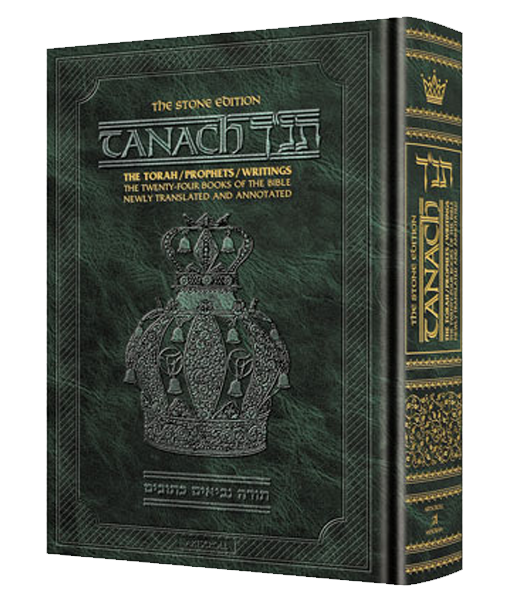
ArtScroll Hebrew-English Tanakh
This is a beautifully done hardbound traditional Tanakh (Torah, Prophets, and Writings). The edition features both the Hebrew text and its English translation. Besides a clear presentation of biblical text, the valuable feature of this particular volume is the collection of traditional Jewish notes and short commentaries on various parts of the sacred text. The volume is over 2000 pages long, and the binding is excellent! This edition is available in different sizes - my favorite is 7x10.


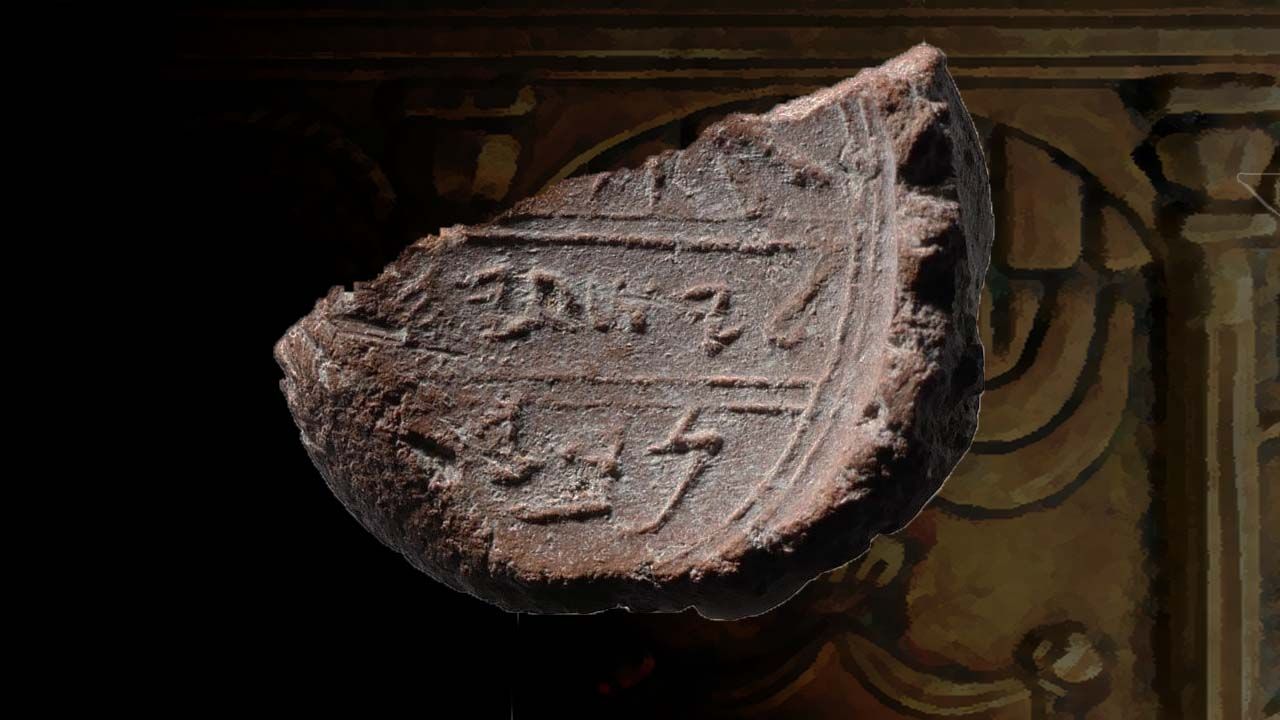
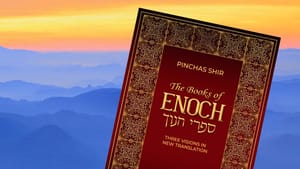


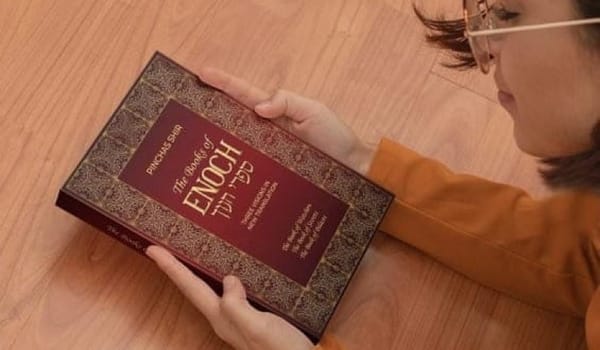
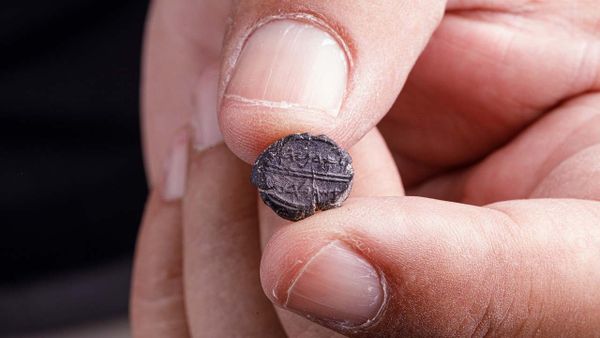



Member discussion